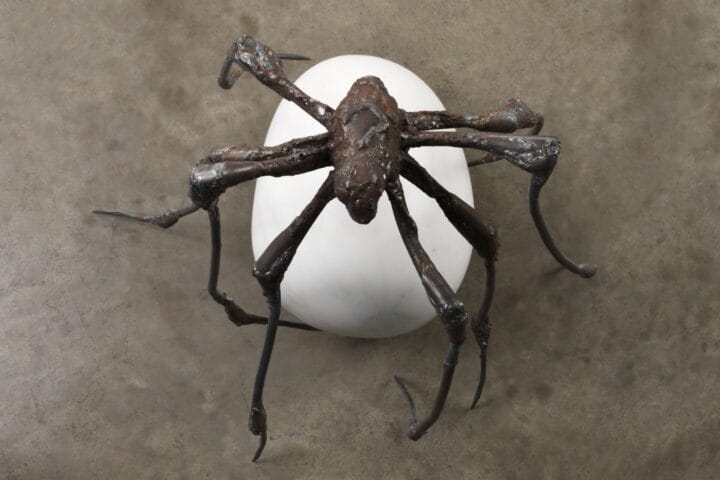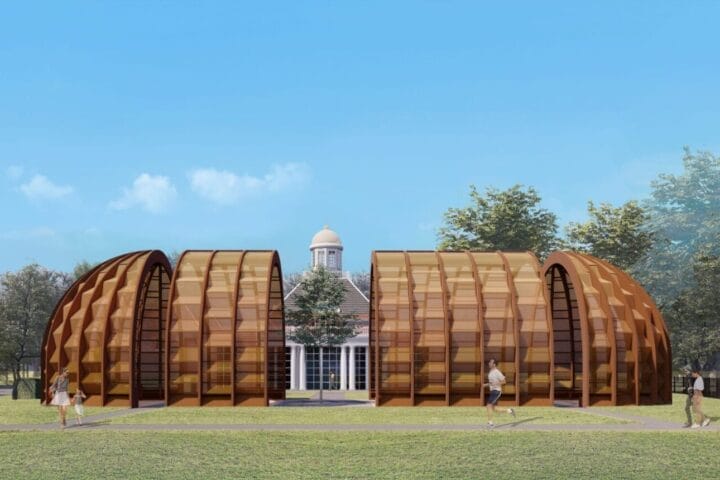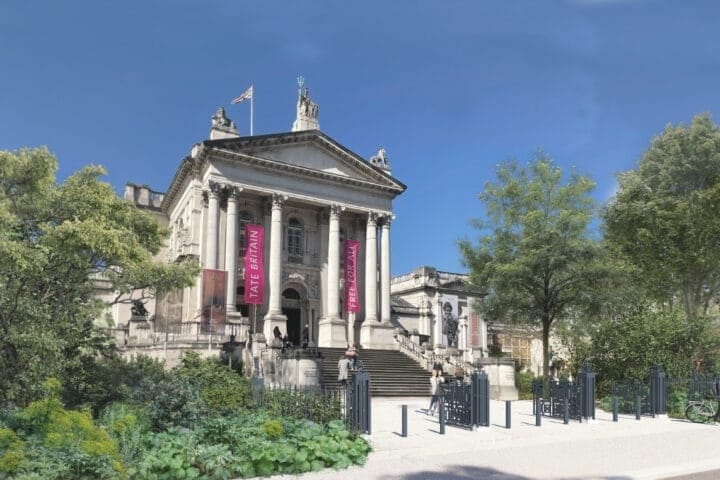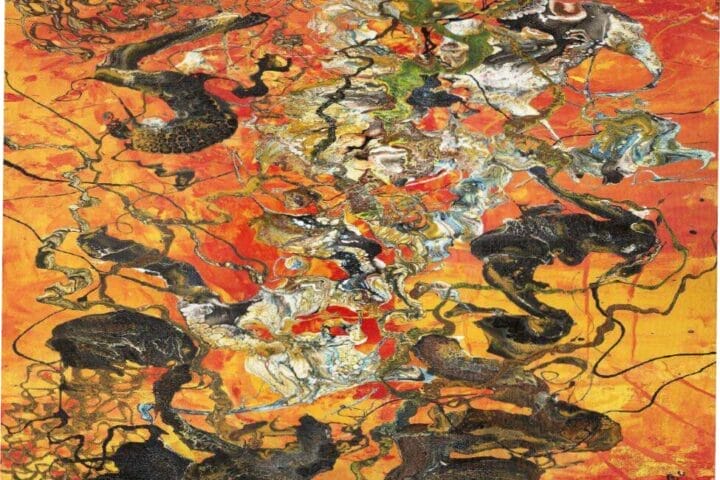Hong Kong – The ancient region of Gandhara, which spanned modern-day northwest Pakistan and southern Afghanistan, was home to a vibrant, cosmopolitan civilization situated at the crossroads of Asia. Early Buddhism thrived in Gandhara under the stability and patronage of several ancient kingdoms and empires, drawn there by the region’s lucrative geographic position within global trade and commerce. This resulted in a Buddhist material culture rich in artistic influences and subjects from Europe, Northern Africa, and Asia, epitomised at Bonhams’ forthcoming exhibition in Hong Kong: Cultural Exchange at the Crossroads of Asia: Early Buddhist Art in Context. Open to the public from 31 March through 20 April 2023 at Bonhams Hong Kong saleroom, the exhibition showcases twenty-two objects from one of the finest collections of Gandharan art in private hands, providing a rare opportunity for the public to view artifacts evincing Asia’s ancient multicultural diversity.
This collection is the fruit of one collector’s single-minded pursuit of works of art from this unique period of world history. Forming the core of the 1992 landmark published exhibition, The Crossroads of Asia: Transformation in Image and Symbol in the Art of Ancient Afghanistan and Pakistan, at the FitzwilliamMuseum, University of Cambridge, United Kingdom, this collection has been the ultimate pointof reference for scholars and collectors for the past 30 years. Here are rare and beautiful decorative arts in silver, bronze sculpture, gold jewellery, and schist Buddhist reliquaries, ranging from the 3rd century BCE to the 6th century CE, charting numerous exciting cross sections in Eastern and Western beliefs and aesthetic traditions.
Edward Wilkinson, Bonhams Global Head of Indian, Himalayan & Southeast Asian Art, commented: “Since their initial exhibition in 1992, very few comparative objects have come to light, testifying to the extreme rarity and importance of each of the collection’s artifacts. We are therefore delighted to be showcasing it in April in Hong Kong – a city embodying the same kind of cosmopolitan spirit as Gandhara did nearly 2,000 years ago.”
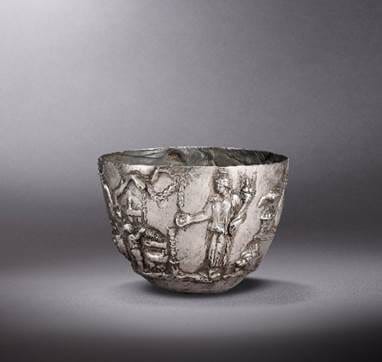
Western Asia or Ancient Region of Gandhara,
Late 1st century BCE to early 1st century CE
In 330 BCE, Alexander the Great conquered the ancient region of Gandhara and, together with the Indo-Greek kings that succeeded him, introduced classical traditions that became an important part of Gandharan artistic taste over the next seven centuries. An extraordinarily complex and refined silver cup from the turn of the Common Era (imaged above), which was either made in or dispatched to Gandhara, depicts Dionysus, the Greek god of wine and theatre, who is later depicted frequently in the stone sculpture and monuments of early Buddhist art in Gandhara.
Starting about 50 BCE, the overland trade network passing between the Mediterranean and Western Asia through Gandhara and on to Central Asia and China was dramatically enhanced by the introduction of ocean routes employing monsoon winds to cross the Arabian Sea. Gandharan control of the high mountain passes between the Indian Subcontinent and Central Asia was vital to this international commerce and made the region wealthy. Gandhara’s resulting cosmopolitan elites became some of the most influential Buddhist patrons during the formative period of the religion’s art and material culture.
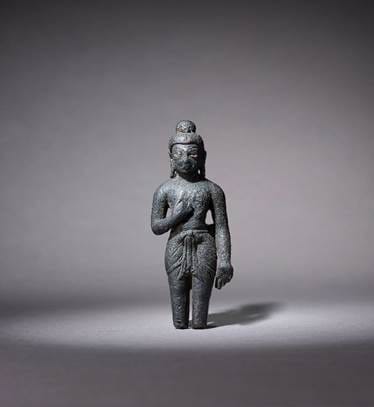
A highlight of the collection is one of the most important surviving Gandharan Buddhist reliquaries because it establishes the start of an entire historic period, known as the Indo-Greek period (175/4 BCE) — fundamental information which had evaded scholars for more than one-hundred years before its inscription was read. This heavily referenced inscribed schist casket with associated relics (imaged front) is dated according to three different calendrical systems, serving as something of a chronological ‘rosetta stone’ for the ancient region of Gandhara. Among the Indo-Greek kings, is one of Buddhism’s most famous early royal patrons, King Menander I, whose conversion to Buddhism by the Arhat Nagasena is the subject of a prominent sutra known as the Milindapañha (那先比丘經, the “Questions of [Menander]”). This casket, replete with ancient jewellery and precious relics, also demonstrates that the Indo-Scythian rulers, who commissioned it, followed Menander I in the practice of royal Buddhist sponsorship in Gandhara. This keystone artifact greatly advances our understanding of the development of Gandharan Buddhism during its formative period, before the advent of the many Kushan monuments (1st – 4th century CE) by which it is best known today.
Also of note is a silver inlaid bronze figure of the Infant Buddha, 5th – 6th century CE (imaged above). The bronze is a rare example of the subject early in its eastward transmission between the 5th and 8th centuries to China and East Asia, where the cult of the Infant Buddha subsequently flourished. The divine child’s gentle smile and warm demeanor are enlivened by silver inlay to the urna and eyes, following a technique characteristic of North Indian Buddhist bronzes.
Other highlights include:
- A Gold And Rock Crystal Stupa, Ancient Region of Gandhara, 2nd century CE.
- A Leaded Bronze Statuette of Demeter, Ancient Region of Bactria, 2nd-1st century BCE
- A Gold Earring of Eros, Ancient Regions of Gandhara, 1st century CE
- Two Bronze Kanishka I Tetradrachms [Coins] of Buddha Shakyamuni and Maitreya, Ancient Region of Gandhara, circa 140-150 CE.

